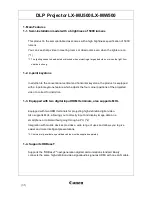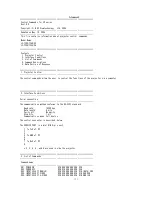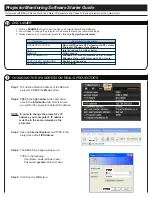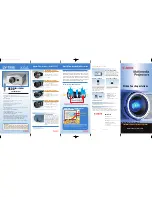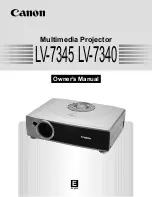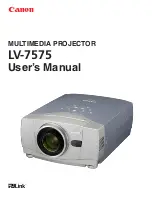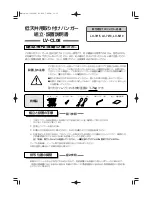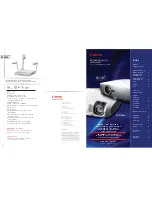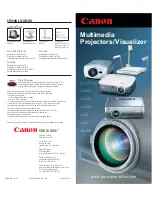
1-9
USB
(
MOUSE/HUB
)
USB
(
PC
)
PC CARD
2
1
PC CONTROL
IN
IN
OUT
OUT
SC TRIGGER
REMOTE 2
REMOTE 1
LAN
AC IN
1
2
3
7
4
8
9
10
11
5
6
1. USB Port [MOUSE/HUB] (Type A)
Connect a USB mouse. You can operate the menu or Viewer
with a USB mouse via this port.
• A USB-supported scanner or PC peripheral can be connected
to this port. (USB Hub Function. See page 4-3)
2. USB Port [PC] (Type B)
Connect this port to the USB port (type A) of your PC using a
USB cable. This port also serves as a PC Control port by using
Dynamic Image Utility 2.0 included on the supplied CD-ROM.
3. PC CARD Slot 1/2
Insert a PC card, commercially available flash memory card or
NEC optional wireless LAN card here.
There are two slots: Slot 1 and Slot 2.
4. PC CARD Eject Button 1/2
Press to eject a PC card partially. Each slot has its own eject
button: 1 and 2.
5. PC CONTROL Connectors (D-Sub 9 pin)
For system expansion such as PC-Control using Dynamic Im-
age Utility included on the supplied User Supportware CD-
ROM or RS232C control from an external control system.
IN: connect to the external equipment such as a PC or control
system.
OUT: for daisy-chaining multiple projectors and operating them
with the same external equipment. To do so, connect to a sec-
ond projector’ s IN terminal to relay the input at the IN terminal
of the first projector until all the projectors are connected.
6. SC. TRIGGER Mini Jack
When the projector is powered ON the screen trigger output
sends a low voltage trigger to the screen controller and the
screen will go down. When the projector is powered OFF the
screen trigger stops sending a low voltage trigger to the screen
controller and the screen will go up.
NOTE: To use this feature, you must turn on the Screen Trigger function. See
page 8-17.
Terminal Panel Features
1. Introduction
Tip (12V)
Ring (0V)
Sleave (ground. 0V)
Stereo mini cable
(not supplied)
NOTE: Screen controllers are supplied and supported by screen manufacturers.
NOTE: Do not use this jack for anything other than intended use. Connecting the
wired remote control to the SC. TRIGGER Mini Jack causes damage to the re-
mote control.
7. LAN Port (RJ-45)
This port is typically used for UTP Ethernet/Fast Ethernet. Use
this connector to control the projector on a LAN. See page
2-12.
8. REMOTE 1 (Mini D-Sub 15 Pin)
This terminal allows external control of the projector by use of
contact closure. See page 10-9.
9. REMOTE 2 Mini Jacks (IN/OUT)
IN: wired remote control input.
OUT: for daisy-chaining multiple projectors and operating them
with the same remote control. To do so, connect to a second
projector’ s IN terminal to relay the input at the IN terminal of
the first projector until all the projectors are connected.
10. Main Power Switch
When you plug the supplied power cable into an active wall
outlet and turn on the Main Power switch, the POWER indica-
tor turns orange and the projector is in standby mode. See
page 3-2.
11. AC IN
Connect the supplied power cable’s three-pin plug here.
Three types of power cable are supplied with this projector:
three-pin type for U. S. A. and Canada. Two-pin type for Europe
and Japan.





























